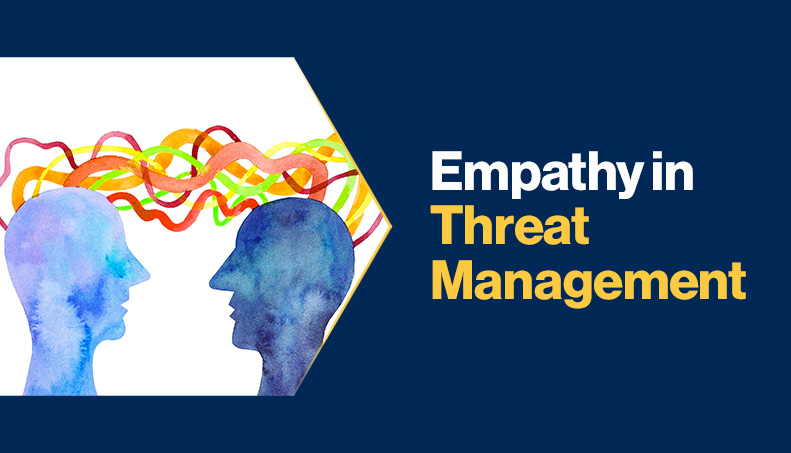Empathy in Threat Management: Beyond 'we survived Covid', empathy isn’t just for the HR department

Foreword: In this guest article, Aaron Dixon, Business Continuity & Resilience Specialist, examines how empathy can be used as a tactical tool to shape decision-making, improve risk awareness, and strengthen response mechanisms.
The survival mode trap
After Covid 19, every organisation has a battle scar. Some wear it like a badge of honour “we survived Covid!” while others use it as proof that they can weather anything. But here’s the thing: survival alone isn’t a strategy. If resilience is just about reacting, you’re playing defence when you should be leading the game.
Survival mode tricks companies into thinking they’re prepared. But ask yourself did you thrive, or did you just endure? Did you emerge stronger, or are you still patching holes in systems that should have been fixed years ago?
The empathy deficit in threat management
Empathy isn’t just about making employees feel good. It’s a tactical tool, one that shapes decision-making, improves risk awareness, and strengthens response mechanisms.
Consider this:
- Cyber Resilience: The best cybersecurity strategies anticipate human errors because people click on phishing emails, reuse passwords, and sometimes forget basic security protocols. Instead of blaming users, smart security teams design empathetic policies that make security effortless.
- Operational Continuity: When systems fail, do your processes consider human stress levels? Does your crisis plan account for how people respond under pressure, or is it just a checklist?
- Supply Chain Vulnerability: Are you treating suppliers like interchangeable pieces, or do you actually understand the pressures they face? Empathetic supply chain management strengthens partnerships and helps avoid disruptions before they happen.
Stop treating resilience like a compliance tick-box
Resilience isn’t just about following frameworks; it’s about anticipating failure before it becomes a crisis.
Ask yourself:
- Are we planning for real people or just processes?
- Do we listen to frontline employees who spot risks before leadership does?
- Are we testing scenarios that consider human behaviour, not just technical failures?
Empathy in resilience means seeing threats through the eyes of those impacted by them such as customers, employees, partners. It’s proactive, not reactive.
The leadership wake-up call
Executives love dashboards, metrics, and neatly color-coded risk assessments. But resilience isn’t built in boardrooms, it’s forged in day-to-day interactions.
The best leaders don’t just ask if systems work; they ask:
- Will our people know what to do under stress?
- Are our policies built for reality or just for audits?
- Do employees trust our response plans? If not, why?
Ignoring empathy in threat management is like designing a fire escape without asking if people can reach it. It’s logical on paper but useless when the crisis hits.
Conclusion: Empathy as an advantage
Empathy in resilience isn’t soft, it’s strategic. Companies that embrace it don’t just survive disruptions, they outmanoeuvre them. They build systems that aren’t just functional, but human-proof.
Resilience isn’t just about weathering the storm, it’s knowing the storm was coming before anyone else did - if your resilience plan only accounts for technical failures and compliance checklists, it’s incomplete. If you’re not factoring in human behaviour, you’re playing defence while smarter organisations play offence.

